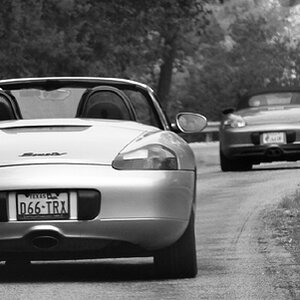darich
No longer a newbie, moving up!
- Joined
- Jan 22, 2005
- Messages
- 1,230
- Reaction score
- 1
- Location
- Near Lanark, Scotland
- Website
- www.darich.co.uk
- Can others edit my Photos
- Photos NOT OK to edit
The ambient light from the traffic light showed up at whatever shutter speed therefore if it was moving away but staying in the same place you would see extra density in the middle because that ambient light would be constant where as the outside would not because of the traffic light housing. Post production.
I understood exactly what you meant first time around....but i still disagree!!
:mrgreen:



![[No title]](/data/xfmg/thumbnail/41/41755-a922f39cc29ff8f6e66a197508bf99f3.jpg?1619739881)
![[No title]](/data/xfmg/thumbnail/38/38735-2245cc1b04db3f96fa74095ae14558a6.jpg?1619738703)
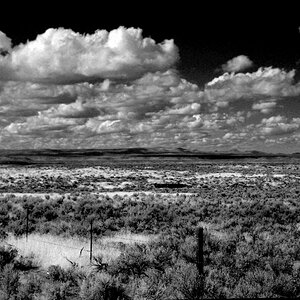
![[No title]](/data/xfmg/thumbnail/30/30886-4d4f2b370f36c175a23901cc8689aea4.jpg?1619734498)

![[No title]](/data/xfmg/thumbnail/41/41778-1940e957c27e1919c300dfedbc32d1c3.jpg?1619739889)
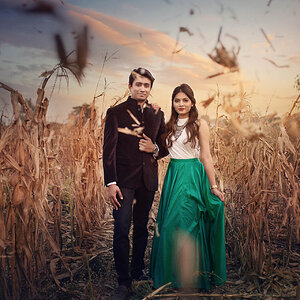
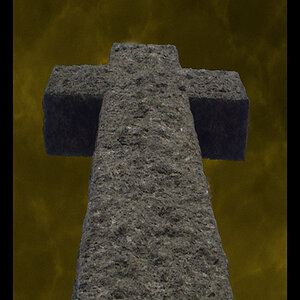

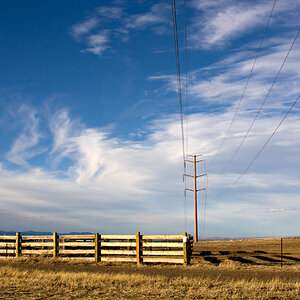
![[No title]](/data/xfmg/thumbnail/38/38738-7933157d1b8968c986eeeab2d1828524.jpg?1619738703)
